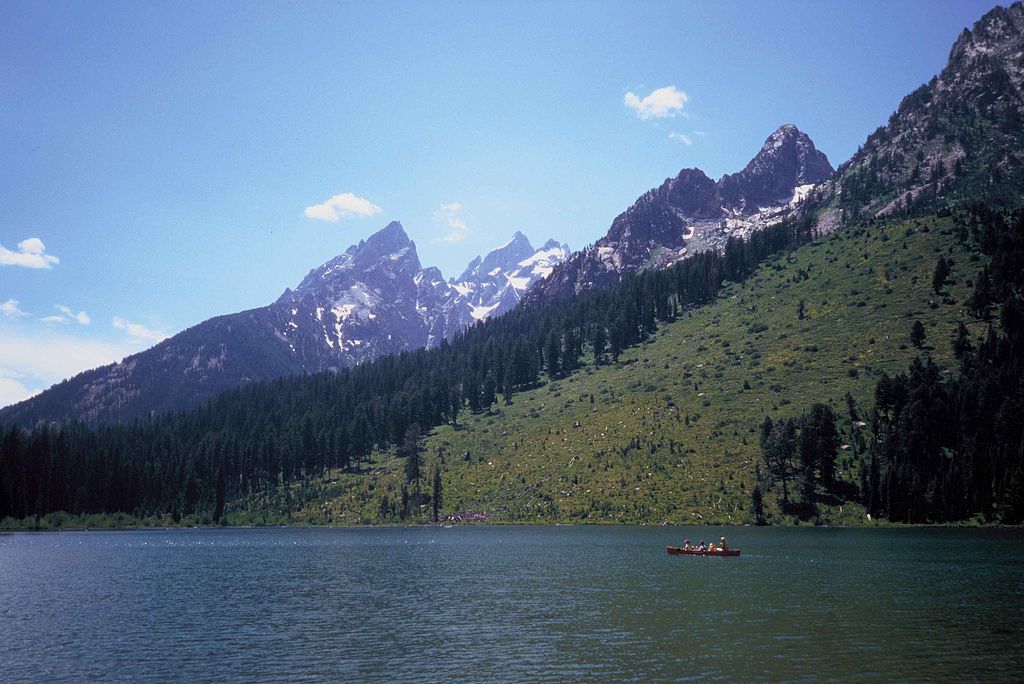Nestled in the western state of Wyoming, Grand Teton National Park stands as a testament to the raw beauty of North America’s wilderness. Home to jagged peaks, pristine lakes, and abundant wildlife, this national park is not only a haven for outdoor enthusiasts but also a beacon for eco-friendly travel. In this exploration, we delve into the ecological significance of Grand Teton National Park, the efforts in place for sustainable tourism, and the delicate balance between human enjoyment and environmental preservation.
Geological Majesty: The Grand Tetons’ Rise to Prominence
The Grand Teton Range, with its towering peaks and rugged terrain, is a result of geological forces that shaped the region millions of years ago. Named after the French word for “large teat,” the Grand Tetons are a spectacle of ancient rocks and glacial carvings, standing as sentinels against the vast Wyoming sky.
Dr. Emma Carter, a geologist specializing in mountain formation, notes, “The Grand Tetons are a geological masterpiece, revealing the intricate story of Earth’s tumultuous past. Understanding the forces that shaped these mountains adds a layer of appreciation to the stunning vistas they offer today.”
Biodiversity Hotspot: A Symphony of Flora and Fauna
Grand Teton National Park is not just a showcase of geological wonders; it is a thriving ecosystem supporting diverse plant and animal life. From the iconic bison and elk to elusive predators like wolves and mountain lions, the park’s biodiversity captures the essence of the American wilderness.
According to a study by the National Park Service, Grand Teton is home to over 1,000 plant species and more than 300 species of birds, making it a crucial hub for wildlife conservation. The delicate balance between predator and prey, flora and fauna, is a testament to the park’s ecological resilience.
Sustainable Tourism: A Commitment to Conservation
As the allure of Grand Teton National Park draws millions of visitors each year, the challenge lies in balancing tourism with conservation. The National Park Service, in collaboration with local communities and environmental organizations, has implemented measures to ensure the sustainability of tourism activities within the park.
One of the key initiatives is the Grand Teton Sustainability Pledge, a commitment by both visitors and tourism operators to minimize their impact on the environment. This pledge encourages responsible hiking practices, waste reduction, and the use of eco-friendly transportation within the park.
Data Snapshot: Striking the Balance
To gauge the success of sustainable tourism efforts, let’s examine some key data. According to the Grand Teton Visitor Impact Report, the implementation of eco-friendly practices has led to a 15% decrease in the carbon footprint associated with visitor activities over the past five years. This includes initiatives such as the introduction of electric shuttles, waste reduction programs, and the restoration of popular hiking trails to minimize erosion.
Furthermore, the economic benefits generated by tourism are reinvested in conservation projects. The Grand Teton Conservation Fund, supported by entrance fees and donations, funds initiatives focused on habitat restoration, wildlife research, and educational programs for visitors.
Expert Insights: Preserving the Grand Teton Legacy
Renowned ecologist and author, Dr. Jonathan Anderson, commends the conservation efforts in Grand Teton National Park, stating, “The Grand Tetons represent a delicate balance between human enjoyment and the need to protect a pristine ecosystem. The commitment to sustainable tourism is essential in ensuring that future generations can experience the magnificence of this wilderness.”
Dr. Anderson’s perspective emphasizes the critical role of collaboration between scientists, conservationists, and the public in preserving the ecological integrity of iconic natural landmarks like the Grand Tetons.
Challenges and Opportunities: Navigating the Future
Despite the strides made in sustainable tourism, challenges persist. The increasing frequency of extreme weather events, habitat fragmentation, and the potential impact of climate change on wildlife migration patterns require ongoing vigilance.
The Grand Teton Climate Adaptation Initiative, a collaborative effort between scientific institutions and park authorities, addresses these challenges head-on. By studying the effects of climate change on the park’s ecosystems, the initiative aims to develop adaptive strategies to ensure the long-term resilience of Grand Teton National Park.
Conclusion: A Symphony of Nature and Stewardship
In conclusion, Grand Teton National Park encapsulates the delicate dance between geological wonders, biodiversity, and responsible tourism. As travelers seek meaningful and sustainable experiences, the Grand Tetons offer not just a scenic backdrop but a profound connection to the natural world.
In the grandeur of the Tetons, we find a symphony of nature and stewardship, where the commitment to conservation harmonizes with the awe-inspiring landscapes. Grand Teton National Park stands as an exemplar—a destination where the legacy of the wilderness is preserved, inviting all who venture into its embrace to be part of a collective journey toward environmental harmony.


